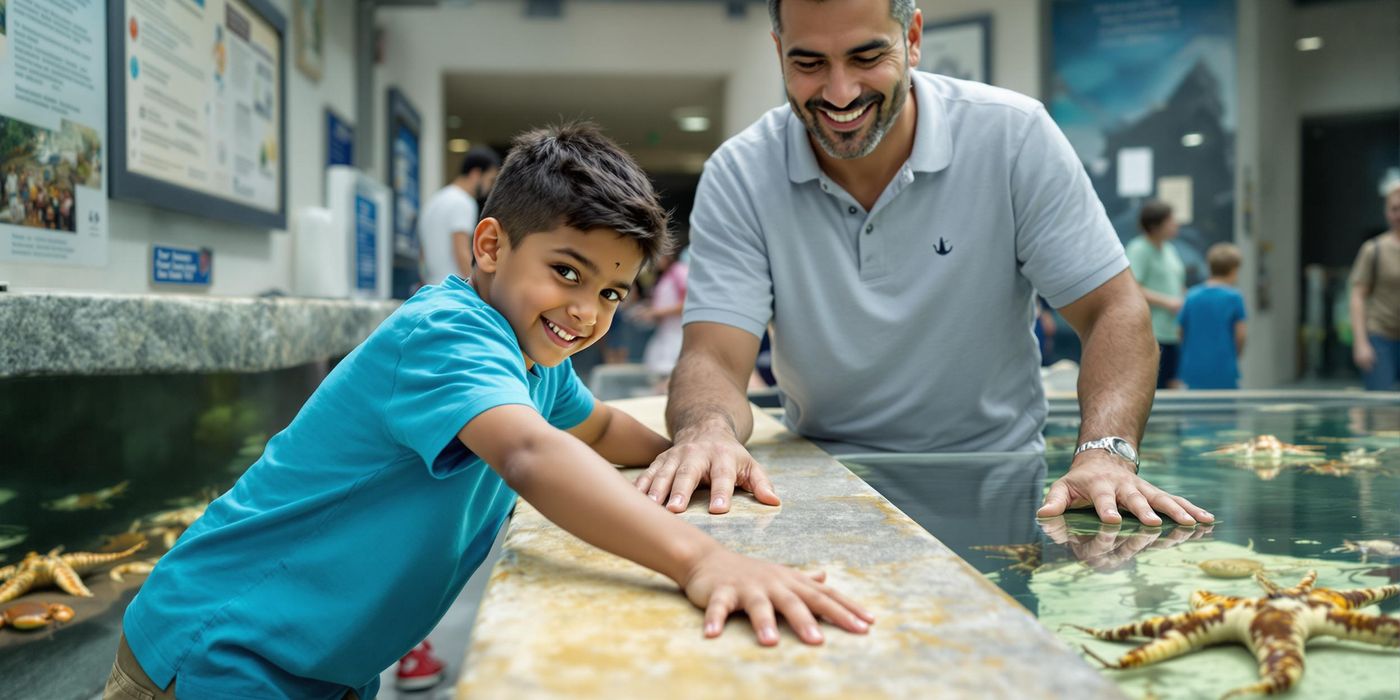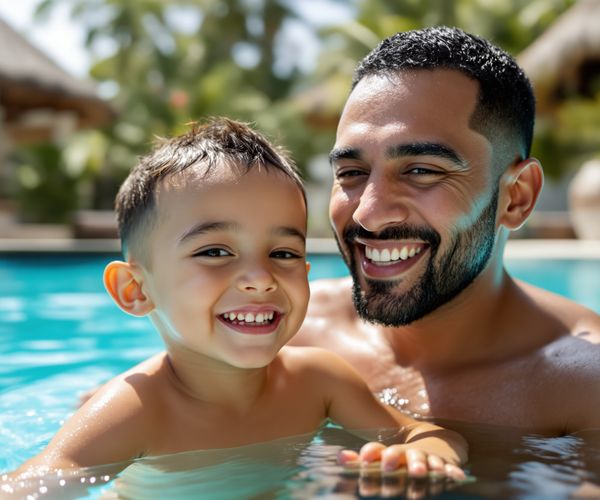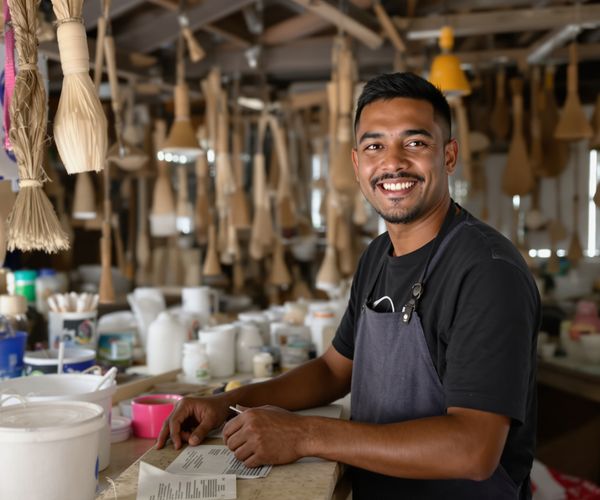As a Maldivian who grew up with the ocean as my backyard, I've always felt a deep connection to marine life. Now, living in Toronto with my family, I'm always looking for ways to share that love with my son, Zayn. Marine biology offers a fantastic blend of education and adventure, perfect for families wanting to explore and learn together.
Diving into Marine Biology: Why It's a Great Family Activity
Marine biology isn't just about studying sea creatures; it's about understanding our planet's most vital ecosystem. The ocean plays a crucial role in regulating climate, providing food, and supporting countless species. Introducing your children to marine biology helps them appreciate the importance of ocean conservation. It’s a chance to instill in them a sense of responsibility towards our environment.
For kids (and adults!), learning about marine life is incredibly engaging. Imagine the excitement of discovering the unique adaptations of a pufferfish or understanding the complex relationships within a coral reef ecosystem. It fosters a love for nature and encourages environmental stewardship from a young age. Plus, it’s a fantastic way to spend quality time together as a family, creating lasting memories while learning something new.
Interactive Exhibits and Aquariums: Hands-On Learning
One of the best ways to introduce marine biology to your family is through interactive exhibits and aquariums. Many modern aquariums offer touch tanks where kids can gently interact with starfish, sea urchins, and other fascinating creatures. These hands-on experiences make learning fun and memorable.
VR experiences are also becoming increasingly popular, allowing you to virtually explore coral reefs and deep-sea environments without getting wet. Coral reef exhibits are particularly captivating, showcasing the vibrant colors and diverse life forms that make these ecosystems so special.
For example, the Long Island Aquarium offers a wide range of interactive exhibits, including a touch pool and a sea lion show. Similarly, the Springfield Museums often hosts marine-themed exhibits designed to educate and entertain children of all ages. These institutions provide excellent opportunities for hands-on learning and sparking curiosity about the ocean.
Snorkeling and Guided Tours: Experiencing Marine Life Firsthand
For a more immersive experience, consider taking your family snorkeling or on a guided marine tour. Destinations like Fiji and the US Virgin Islands offer calm, clear waters perfect for snorkeling, even for beginners. Imagine swimming alongside colorful fish, exploring coral gardens, and maybe even spotting a sea turtle!
Guided marine tours cater to all ages and skill levels, providing valuable insights into the local marine ecosystem. Knowledgeable guides can point out interesting species, explain their behaviors, and answer any questions your family might have.
Depending on the location and time of year, you might also have the opportunity for whale watching or swimming with dolphins. These experiences are truly unforgettable and foster a deep appreciation for marine life.
Marine Conservation Programs: Learning While Giving Back
Another meaningful way to engage with marine biology is by participating in conservation programs. Many organizations offer family-friendly activities like beach clean-ups, where you can help remove plastic and other debris that threaten marine life. Coral planting initiatives allow you to actively contribute to the restoration of damaged reefs.
Educational workshops are also a great way to learn about specific conservation issues and what you can do to help. Organizations like the Loggerhead Marinelife Center in Florida offer a variety of programs focused on sea turtle rescue and rehabilitation. The California Ocean Alliance conducts research and educational programs to protect marine mammals and their habitats.
By participating in these programs, your family can learn about the challenges facing our oceans and make a positive impact at the same time. It’s a powerful way to instill a sense of responsibility and inspire future generations of ocean conservationists.
DIY Marine Biology Activities: Learning at Home
You don't need to travel to a far-off destination to explore marine biology. There are plenty of simple experiments and crafts you can do at home. Coloring pages featuring marine animals are a fun way to introduce younger children to different species.
Mini-marine lessons can be created using online resources and library books. Focus on topics like ocean zones, food chains, and the impact of pollution. Climate change experiments, such as demonstrating the effects of melting ice caps, can help children understand the broader environmental challenges facing our planet.
Creating marine animal crafts from recycled materials is another engaging activity. Use cardboard boxes to build a model of a submarine or plastic bottles to create jellyfish. These projects encourage creativity and promote environmental awareness.
Destinations for Budding Marine Biologists: Planning Your Trip
If you're planning a family vacation, consider destinations known for their marine biodiversity and family-friendly activities. Florida, Hawaii, and Mexico offer a wide range of marine excursions, from snorkeling and scuba diving to glass-bottom boat tours.
For a truly unique experience, consider visiting the Great Barrier Reef in Australia, the largest coral reef system in the world. Exploring national marine sanctuaries in the United States, such as the Monterey Bay National Marine Sanctuary, is another fantastic option.
When choosing accommodations, look for eco-resorts and sustainable tourism options that prioritize environmental conservation. These establishments often offer educational programs and guided tours that focus on the local marine environment, ensuring that your family's trip is both enjoyable and responsible.
Engage your family in marine biology activities that combine education with adventure, fostering a love for the ocean.









